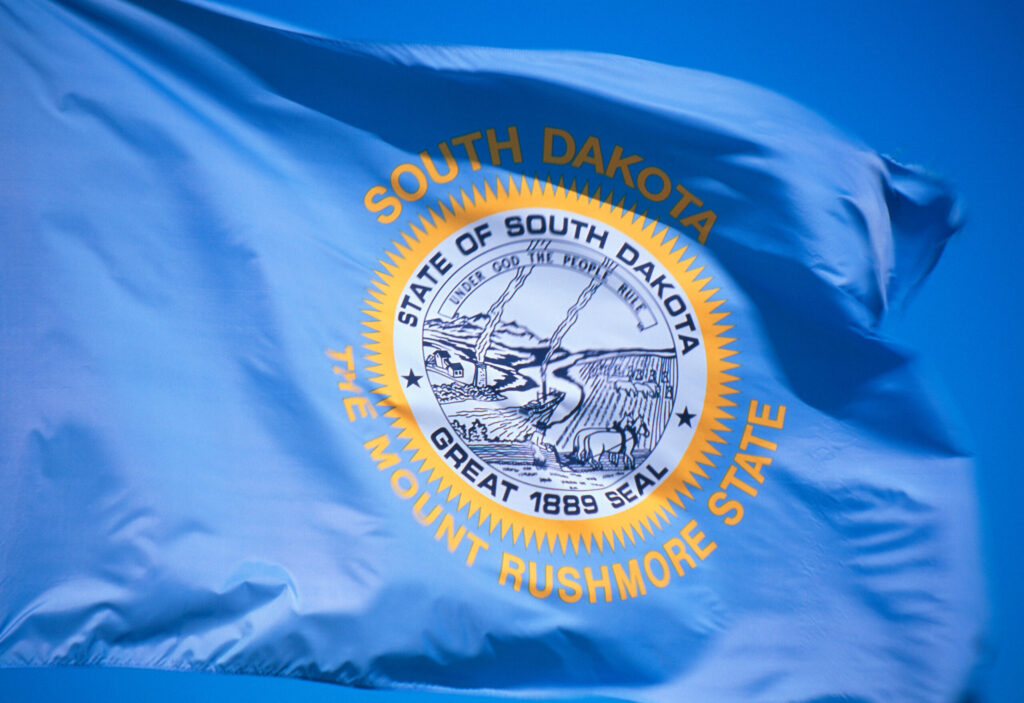<!DOCTYPE html>
South Dakota’s Grocery Tax Exemption: Examining the Impact on Sales Tax
South Dakota’s proposed Initiated Measure 28 seeks to remove food taxes from the sales tax, a popular but potentially flawed plan. The measure aims to make groceries tax-exempt but could inadvertently extend this exemption to items like cigarettes due to its vague drafting. This proposal is particularly contentious in South Dakota, where there is no income tax and the state depends heavily on a broad-based sales tax.
**Implications of South Dakota’s Sales Tax Proposal**
The proposed text of Initiated Measure 28 states that no tax shall apply to human consumables, save for alcohol and prepared foods. However, without clear definitions of terms like “prepared food” or “human consumption,” there’s potential for inconsistencies and new debates regarding what qualifies as tax-exempt.
**Recent Changes and Proposals**
South Dakota lawmakers recently reduced the sales tax rate from 4.5% to 4.2%. This reduction is temporary, expiring in mid-2027, but many policymakers are advocating for making it permanent. However, implementing a grocery exemption might complicate efforts to maintain these rate cuts. Notably, some policymakers and the governor oppose the measure due to its potential economic repercussions, despite some Democrats advocating for it as a means to enhance tax progressivity.
**Are Grocery Tax Exemptions Truly Progressive?**
The belief that grocery tax exemptions might benefit low-income families proves misleading when examined closely. Data suggests that retaining a lower overall sales tax rate benefits these households more than exempting groceries, especially since purchases with SNAP or WIC already escape state sales tax. Additionally, with other taxable purchases still comprising a significant financial burden, a lower tax rate on all items provides broader relief than specific exemptions.
Adding to those existing concerns, the projected loss in state revenue is estimated at $102.4 million annually should groceries become exempt. Coupled with the temporary sales tax rate cut’s cost of about $100 million per year, maintaining fiscal solvency becomes harder if new exemptions shrink the tax base.
**Balancing the Tax Structure**
The sales tax stands out as an efficient revenue source since it taxes consumption rather than income, thus causing fewer economic disruptions. South Dakota benefits from this structure by broadly applying sales taxes and maintaining lower rates. Yet, every new exemption deteriorates this balance, forcing either higher rates or the introduction of new taxes to mitigate revenue losses. A consistent trend across the nation shows many states narrowing sales tax bases, subsequently raising rates to cover budget shortfalls.
An alternative scenario for South Dakota might be preferable: maintaining a 4.2% rate while keeping groceries taxable could pave the way for potential reductions to around 3.9% if revenue forecasts support it. For a state heavily reliant on sales tax, sustaining a broad base while ensuring low rates is crucial.
Stay informed on the tax policies impacting you.
Subscribe to get insights from our trusted experts delivered straight to your inbox.
Share



